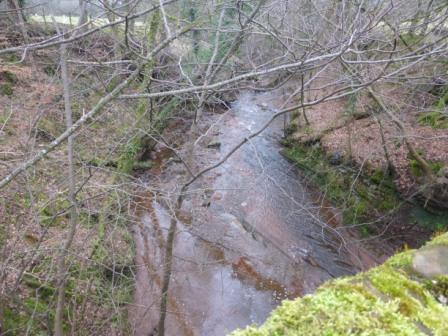On the last dark moon, as England entered another national lockdown, I prayed to Gwyn for advice on what to make my focus over the approaching moon cycle. I received his answers through divination, a journey, and free writing, and the next morning, on the new moon, I was given the theme ‘Co(r)vid Moon’.
So, I decided to commit to writing 28 poems, one for each day of the moon cycle, relating to corvids and/or covid. Some days I wrote 2 – 4 and on others I didn’t write any at all, but I met my target. Of them 19 are shareable and I have put them together as a poetry pamphlet exclusively for my patrons as an expression of my gratitude for their invaluable support through the COVID-19 pandemic.
In these poems I explore my relationship with Gwyn as a gatherer of souls who guides the dead with ‘ravens who croak over gore’ and their role in this plague. I also dive into immunology and cell biology.
If you enjoy my work and would like a copy of the pamphlet please consider becoming a patron through Patreon HERE. There will be other gifts along with regular rewards such as a monthly newsletter, crazy things, access to unseen work, and your name in my future print publications and free signed books on higher tiers.
Here is a selection of the poems:
The Summoning of the Ravens
It is not we who summon but the ravens.
You will know it by the moment the sky goes out
to the cronk of their calls like the blinking of a god’s eyelid.
Do not ignore the momentary shadow of their four-fingered wings.
The casting of doubt on everything is only the beginning.
I have seen ravens on Dumbarton Rock, the Great Orme,
Pen Dinas, but never expected to see them here
in Peneverdant shuddering out the skies.
“Who” and “what’”and “why?” I cry
in this wilderness of lockdown, try to interpret
their unconquerable calls and their potent messages.
Every time I find words the ravens shift further out of sight.
A Raven has a Job Interview
“Tell me, raven, what qualities make you a good candidate for this role?”
“My great black wings, the sharpness of my beak, my love of flying between worlds.
My legendary wit and cleverness. My ability to find shiny and unshiny things.
My incredible memory and the comforting and uncomforting sounds of my words.
The unfathomable darkness, greatness, ultimately the kindness of my heart.”
“Can you give me examples of when you have worked alone and in a team?”
“Alone I fly, ever onwards, dark eyes swivelling like planets in their orbits,
searching for the corpses of the dead but, alone, I cannot open them, peck them apart,
so I call to the wolves and they come howling with their stronger muzzles to lay open
the wet flesh, the steaming jewels of the innards, and I call my sisters to feast.”
“And, finally, can you tell me what rewards you expect to get out of the job?”
“Well I would be lying if I didn’t admit it was the eyes – the colours of the irises,
the beautiful fragility of their dying light, their exquisite taste, the softness of corpses.
The magic in the moment a soul flies free. The prestige of flying with Gwyn ap Nudd.
Yet, in all honesty, what drew me to this job was the promise of immortality.”
A Raven Carries
the full moon in her beak
or is it a white blood cell – a stolen piece of me?
I see the sky is filled with ravens carrying little moons,
carrying pieces of me away and there are billions of them
because the body produces 10 billion white blood cells a day.
The sky is white with moons and black with raven’s wings.
I wonder if I am alive or dead or somewhere in between.
Are there islands of the dead for dead leukocytes
or do they long instead for another body and plasma?
Will they head for my co-walker and her horse and hounds
and settle like expected guests into her ectoplasm
or wing away to some otherworldly graveyard
where upon each stone is a small engraving
in a language only cells can speak?

























